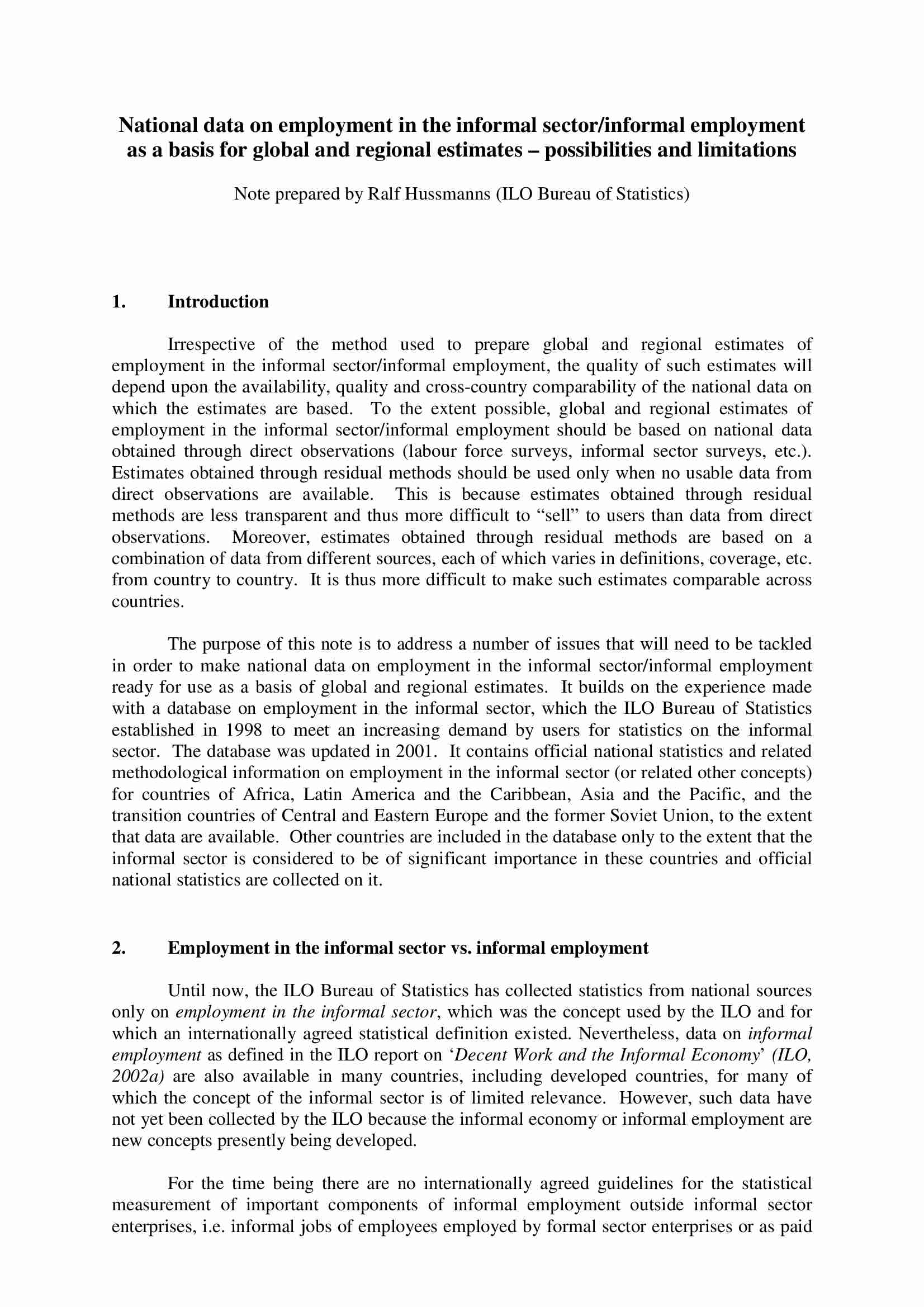National Data on Employment in the Informal Sector/Informal Employment as a Basis for Global and Regional Estimates: Possibilities and Limitations
Background document for the WIEGO Statistics Planning Meeting, June 2002 The purpose of this note is to address a number of issues that will need to be tackled in order to make national data on employment in the informal sector/informal employment ready for use as a basis of global and regional estimates. It builds on the experience made with a database on employment in the informal sector, which the ILO Bureau of Statistics established in 1998 to meet an increasing demand by users for statistics on the informal sector. The database was updated in 2001. It contains official national statistics and related methodological information on employment in the informal sector (or related other concepts) for countries of Africa, Latin America and the Caribbean, Asia and the Pacific, and the transition countries of Central and Eastern Europe and the former Soviet Union, to the extent that data are available.
View list of all: Project Reports

